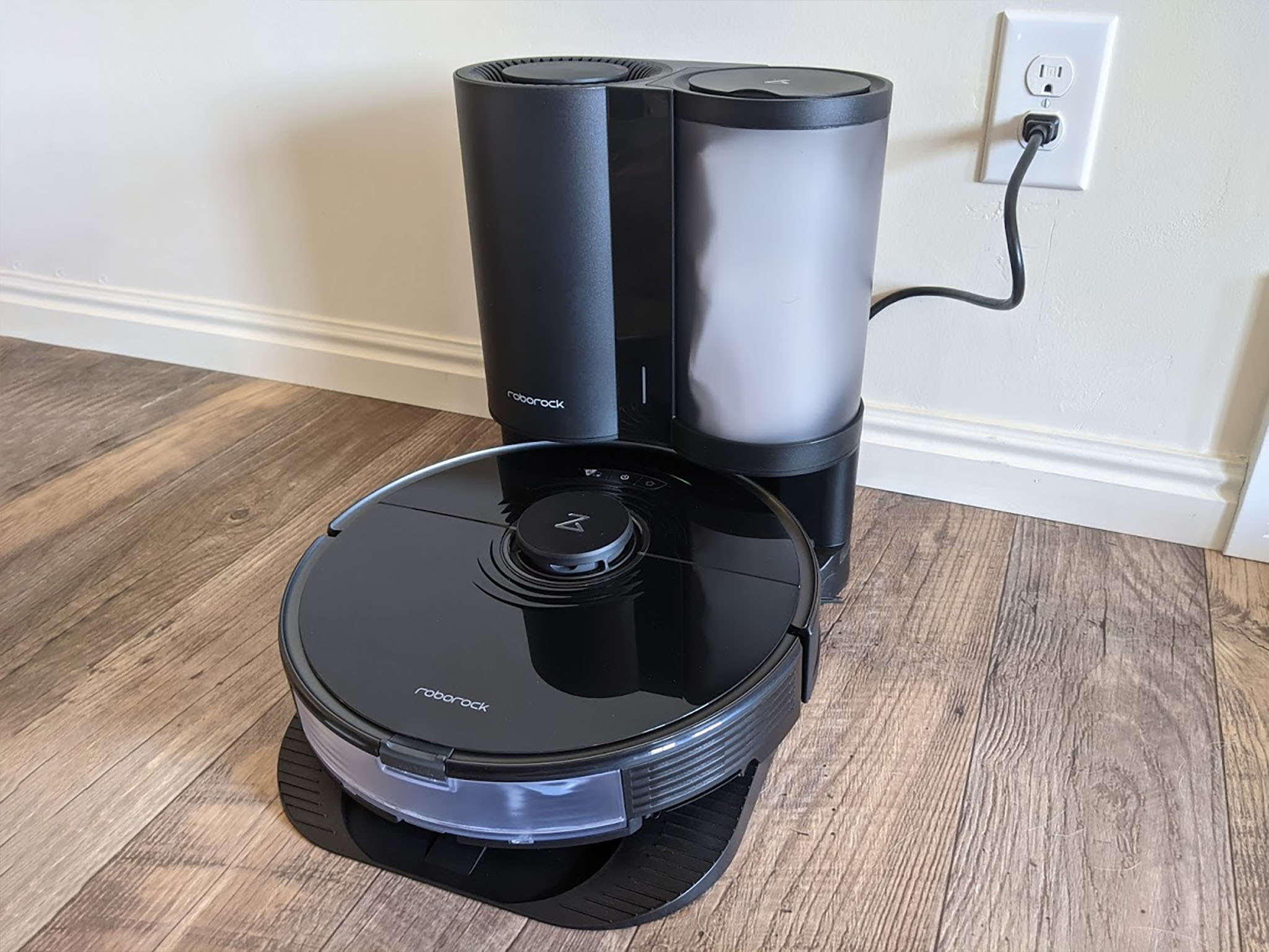You can get a surprisingly affordable robot vacuum that'll poke around your home cleaning up some loose debris, but you'll quickly find that these robots aren't always as smart as they're made out to be. Many models simply bump around, chaotically criss-crossing your floors until their battery runs low. This can result in clean floors, but you may find random spots that the vacuum completely missed, and these more basic robot vacuums may not always find their way back to their charging base to be ready for the next job (which could be needed right away if it missed a lot of spots).
By the same token, there are some robot vacuums that are almost too smart, unloading their own dust bins, offering stereoscopic vision and even doubling as a security camera. Not that those features are bad to have, but they're more than most of us need. To be sure you're getting a properly smart robot vacuum, there are four features you should seek out at a minimum.
Anti-drop sensor
The point of a robot vacuum is to have it go off and do the cleaning entirely on its own. You don't want to have to supervise it, but if you have even a single stair in your home and your robot vacuum doesn't have an anti-drop sensor, you're going to have problems. Your robot vacuum is likely to take a tumble down the stairs, and that fall isn't going to make it any smarter. Depending on how many stairs it goes down, you'll be lucky to have it even vacuum after a fall. You might try putting a physical obstacle in the way of the stairs, but every bit of intervention you have to take before you can trust your robot vacuum to get its job done is just further proof that it's not all that smart. Plus, putting an obstacle in front of the stairs to prevent your robot from having an accident is just putting you at risk of tripping down the stairs instead.
Room mapping
When you send a simple robot vacuum out to do a cleaning, you have no assurances of where it's going or what rooms are going to get cleaned. It might clean everything, it might do a really thorough job in a couple rooms, or it might find its way into the bathroom and never find its way out. With a robot vacuum that can map out the floor plan and rooms in your house, you'll get a much greater guarantee of a good clean. These vacuums often can be directed to go clean specific rooms, can avoid certain rooms, and can even provide cleaning reports to let you know where they've been. You may also be able to create no-go zones that they'll always avoid, such as high-pile carpet or furniture you don't want them bumping or getting stuck on.
Mop attachment
Dust is only half the battle. To get your floors properly cleaned, you're going to need to mop once in a while. So, why not rely on the same smart robot vacuum that's already got the lay of the land and criss-crosses your floor on a regular basis. Some robot vacuums can swap out their dust bin with a water tank and add a mop pad onto the back, letting them wet and scrub the floor as they move around the house. Combine this feature with room mapping, and you can have a smart robot vacuum that can vacuum everything and then mop only hard floors, avoiding carpets altogether.
Automatic return to base
Most robot vacuums will try to return to their charging stand after they're done cleaning (or think they're done cleaning). But, simpler models rely just on infrared lights and line-of-sight. This means that if your vacuum has wandered off to a different room than the one the base is in, it may not find its way home before the battery dies. This leaves you having to figure out where your vacuum died and waiting for it to recharge before you can run it again. An intelligent robot vacuum that keeps track of where it's been and where it's base is can do a much better job getting back to its base for a recharge, and often these vacuums can go back for a top-out in the middle of a cleaning job to ensure they don't stop short just because the battery ran low. That's the kind of autonomy you should expect from your smart robot vacuum.





Post a Comment